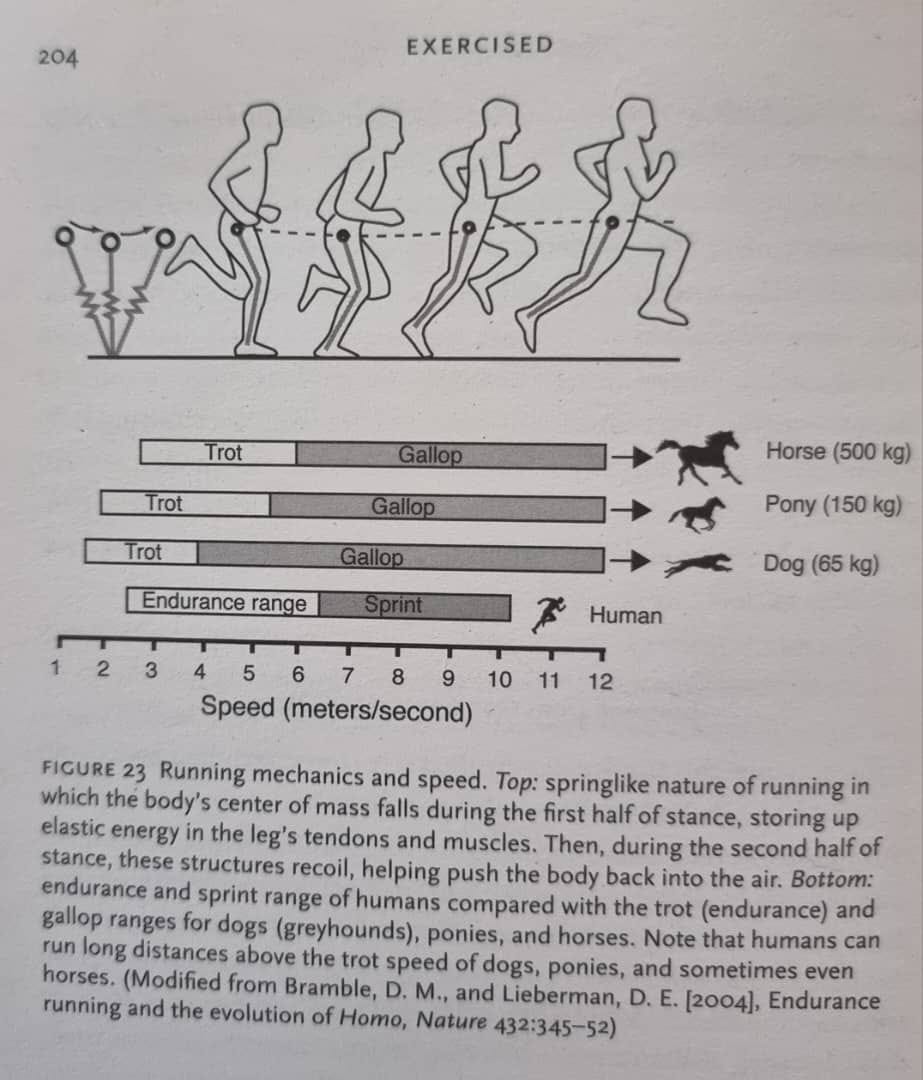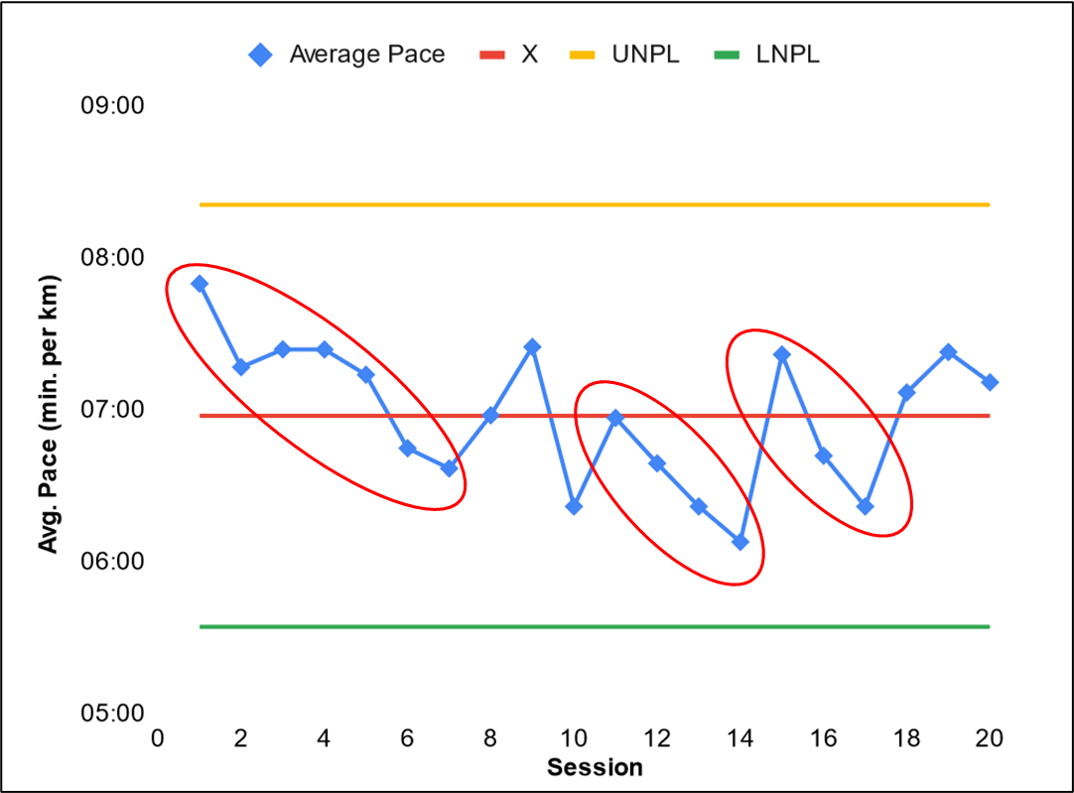On Running
run smarter not just harder

I
I wish I could write off the first quarter of my year. It was bad. Thanks to a shoulder tear in January, I had to forgo my usual activities, and putting a pause on my progress.
Immobility confined me for weeks. I was frustrated with every step I could not take. Between the painkillers and physiotherapy sessions, I felt trapped in my own body. So much bad energy was building up without release.
In mid-March, the doctor cleared me to be fit for activity again. By then, I had lost muscle mass and gained a couple of unhealthy kilos. ugh.
I needed an activity, something to get me back into shape. I needed to set my mind straight by pursuing an immediate goal. I needed a release.
The doctor said swimming and running should be fine. Moreover, the company I work at is organizing a 5K-run in May.
I have an activity – running, and I have a goal – to be able to run the 5K.
II
Running was the practical choice. No fancy gear required, just shoes and clothes. No gym membership or commuting required either. I just need me, the neighborhood, the nearby park and the open road.
I’ve run 5Ks before. But my time was horrible. My previous best was 45 minutes.
I ran without guidance or instruction or without thinking about improving.
This time I want it to be different. I want to run better. I want to improve systematically.
To do that, I tried two things with my running:
Changing and improving my running form
Tracking my progress
III
I have some notes on running form.
Most came from the book Exercised by Dan Lieberman:
Instead of your body’s center of mass initially rising at the start of each step, it falls as you bend your hips, knees and ankles. Flexing these joints stretches tendons (especially the Achilles) in your legs, causing them to store up elastic energy like springs. Then during the second half of stance, the same tendons recoil while your muscles also contract, straightening your joints and pushing you up and into the air. And all the while, you instinctively lean slightly forward, bend your elbows, flex your knees more as you swing them, and move your arms opposite to your legs. In essence, running is jumping from one leg to another.
I also referred to Sam Martin’s Run Better Project playlist:
Sam Martin describes good running as:
Good posture
Efficient
Builds Resilience
Similar to Dan Lieberman’s description about running with your body mass first falling and forward motion happens as you move your feet forward. Sam’s running technique involves leaning forward from the ankles and modulating that lean to speed up or slow down. Gravity does the work for you. You’re falling with each step but you’re moving forward.
The technique requires good posture so your body travels effectively forward, it is efficient as you let gravity pull you forward instead of just using the force of our legs to push you forward.
By following these guidelines, running will build resilience in that your physiology and cardiovascular system improves too.
It was difficult at first. I had to consciously maintain good form by going slow and pausing every so often. I had to remind myself that I am to fall into step and not push off the ground. Falling but moving forward. That sounds like a metaphor for life.
IV
I tracked my runs with a kaizen mindset – continuous improvement. I also tinkered with data. This approach was inspired by CommonCog’s series on Becoming Data Driven; particularly on topics involving statistical process control.
Statistical Process Control (SPC) is, in a way, the progenitor of Kaizen. It is a method that helps identify Signal from Noise by training you to understand the day-to-day variations of a process. It trains you to identify the exceptional variations (signal) from the normal variations (noise). Investigating these exceptional variations to then identifying which inputs map to that output, you can improve the process by having a much stronger understanding of the cause-and-effect chain of a process.
In short, it helps you identify which levers to pull to lead to a desired result.
It’s not easy, nor are the rewards immediate. As SPC requires a lot of thinking and tinkering and reiterating. Ultimately, when done correctly, SPC should lead to improvements in the process.
One tool used in SPC is the XMR chart.
From Commoncog’s XMRit tool site:
XmR charts are so named because they consist of an ‘X’ chart (the ‘X’ variable, or the metric you care about), and a ‘Moving Range’ chart, which shows differences from point to point.
The XMR chart tracks your variable (X), the average of that variable, and sets a lower and upper bound to the data. The bounds are important as anything that falls within the bounds are largely ‘normal’, not really worth investigating unless certain patterns are present. Anything that falls outside of the bounds are de facto outliers and has to be investigated.
I made XMR charts from two main tracking metrics from my runs:
Top Speed
Average Pace
A quick look at my top speed metrics indicate that I’ve made considerable improvements over 20 runs. With the final run almost hitting the 20km/h mark. That’s just from the change in running form.
But that belies some problems. At top speed, I was running faster. But that’s not sustainable. Running isn’t sprinting. It’s about maintaining a steady pace throughout the run, for distance or time or both.
Looking back at my pace charts, I noticed a repeating pattern. My pace will improve (shorter time) for several sessions but then it reverts to a slower pace (longer time). This cycle presents itself several times.
As I thought about it, I think I can identify the problem, it has to do with how I perceive about my improvements.
Every string of improvements leads to a setback. I had to slow down before I go fast again. But tracking my running journal, I think the issue was that I neglected to do supplementary work like cross training or stretching, and I neglected recovery too.
Sure I was getting better time and running faster, but I let fatigue build up. I ran after breaking fast in Ramadhan, I ran right after getting home from work. Session to session, it might not mean much. But without recovery and proper rest, fatigue was setting in and I would have burned myself out from running.
I should have been running smarter, not just harder.
V
So, did all this effort pay off? Yes.
I ran the company 5K in under 40 minutes – knocking 5 full minutes off my previous best!
But that’s not the full truth.
I ran 4K, but walked the final kilometer. I still beat my previous number, and coming off a shoulder injury, I should be happy about it right?
I am glad that I went for the run. Yet, some part of me wished that I could and should have done better.
I made some mistakes along the way because of that, I could not run my best on the day. I didn’t give myself ample of time for recovery. I accumulated so much fatigue and stressors that on the day of the run itself I was ill.
Also, I set a goal but it wasn’t very specific. I wanted to run a 5k and beat my previous time.
It was a goal, with quantifiable targets attached. Yet it was not as specific as it could be. I asked myself did I just want to run a 5K? did I want to just hit sub-45 minute? Was there something else I wanted but I did not articulate to myself?
“Life punishes the vague wish and rewards the specific ask.” - Tim Ferriss
Vague goals leads to vague feelings. Clear goals lead to clear outcomes.
In the final analysis, I think I know why I was ambivalent — I didn't let myself enjoy the run. I let myself get trapped into Goodhart’s law, despite having written against being caught in such traps in the past.
I worried about making my time and breaking my previous record. I let it distract me from the moment. On top of already feeling physically ill, I put on some psychic baggage. Instead of running mindfully, I was running with a needless mental burden.
VI
If you can fill the unforgiving minute
With sixty seconds’ worth of distance run,
Yours is the Earth and everything that’s in it.
-Rudyard Kipling
I’ve learned my lessons, this time. I was no big loss, just falling short of my own expectations. But hey, life is like running: Falling with each step but moving forward.
Looking ahead, my goals are clearer:
sub-30 minute 5K
sub-90 minute 10k
fill those unforgiving minutes with its worth of distance run.
Enjoy running.
I do enjoy running. I just have to constantly remind myself to enjoy it. I can worry about the KPIs and analyze them after the run.
I’d like to emulate what Haruki Murakami wrote:
what's going to be much more meaningful to me now is how much I can enjoy myself.
….
I'll enjoy and value things that can't be expressed in numbers, and I'll grope for a feeling of pride that comes from a slightly different place.







